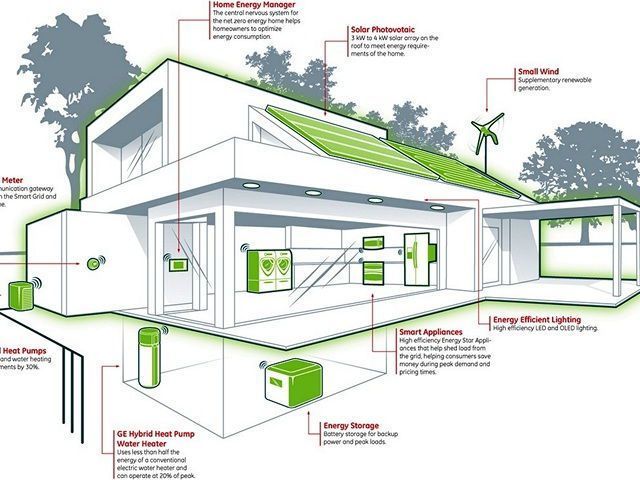Building a Sustainable Future: Energy-Efficient Home Blueprints
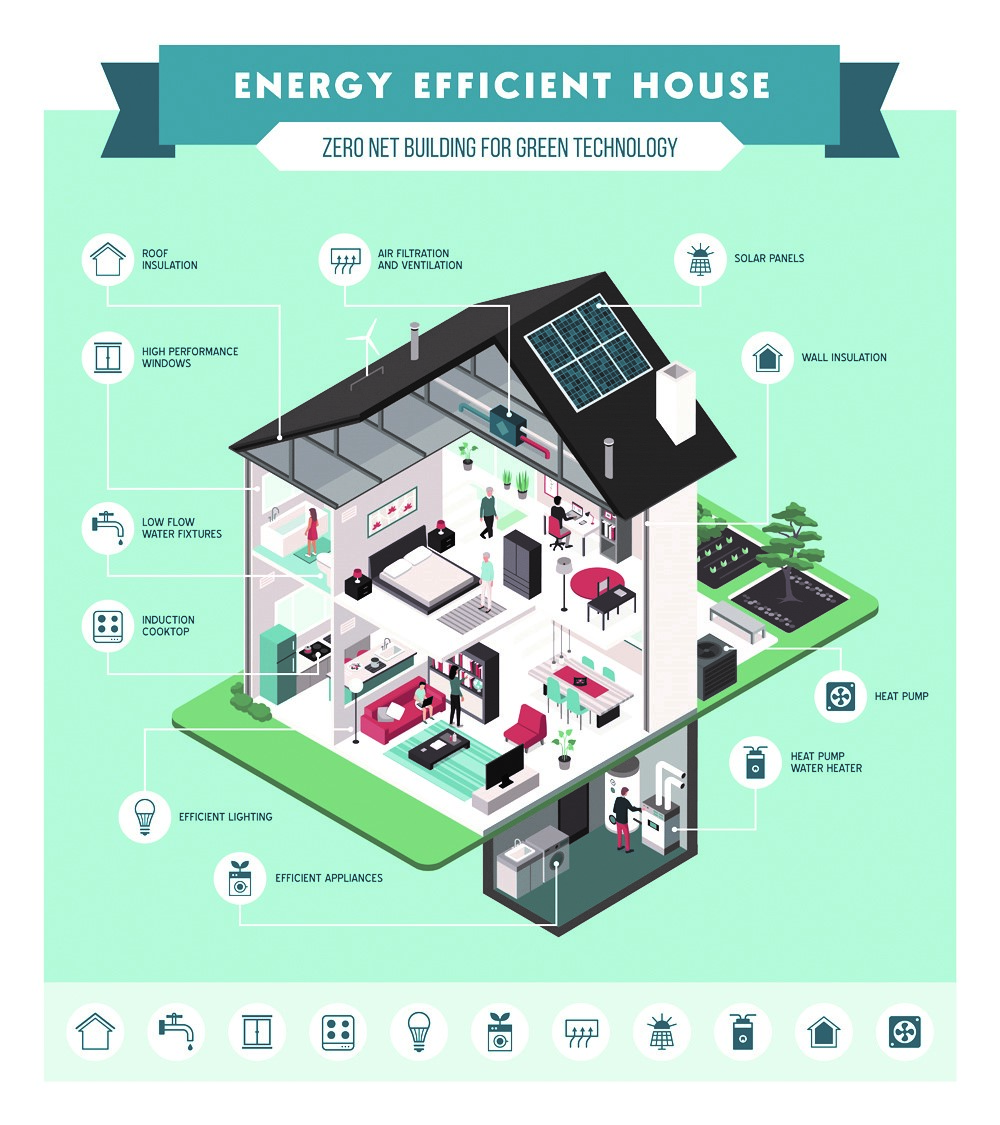
Introduction:
In a world increasingly concerned about climate change and resource depletion, the desire for sustainable living has never been stronger. Homeowners are actively seeking ways to reduce their environmental footprint and minimize energy consumption, and what better place to start than the blueprint of their home? Energy-efficient home blueprints are not just about saving money on utility bills; they represent a conscious commitment to a greener future.

Why Energy-Efficient Home Blueprints Matter:
1. Environmental Impact:
- Reduced Carbon Footprint: By minimizing energy consumption, you contribute to a cleaner environment by reducing greenhouse gas emissions.
- Conserving Resources: Energy-efficient homes utilize less water and other resources, promoting sustainability and reducing strain on our planet.
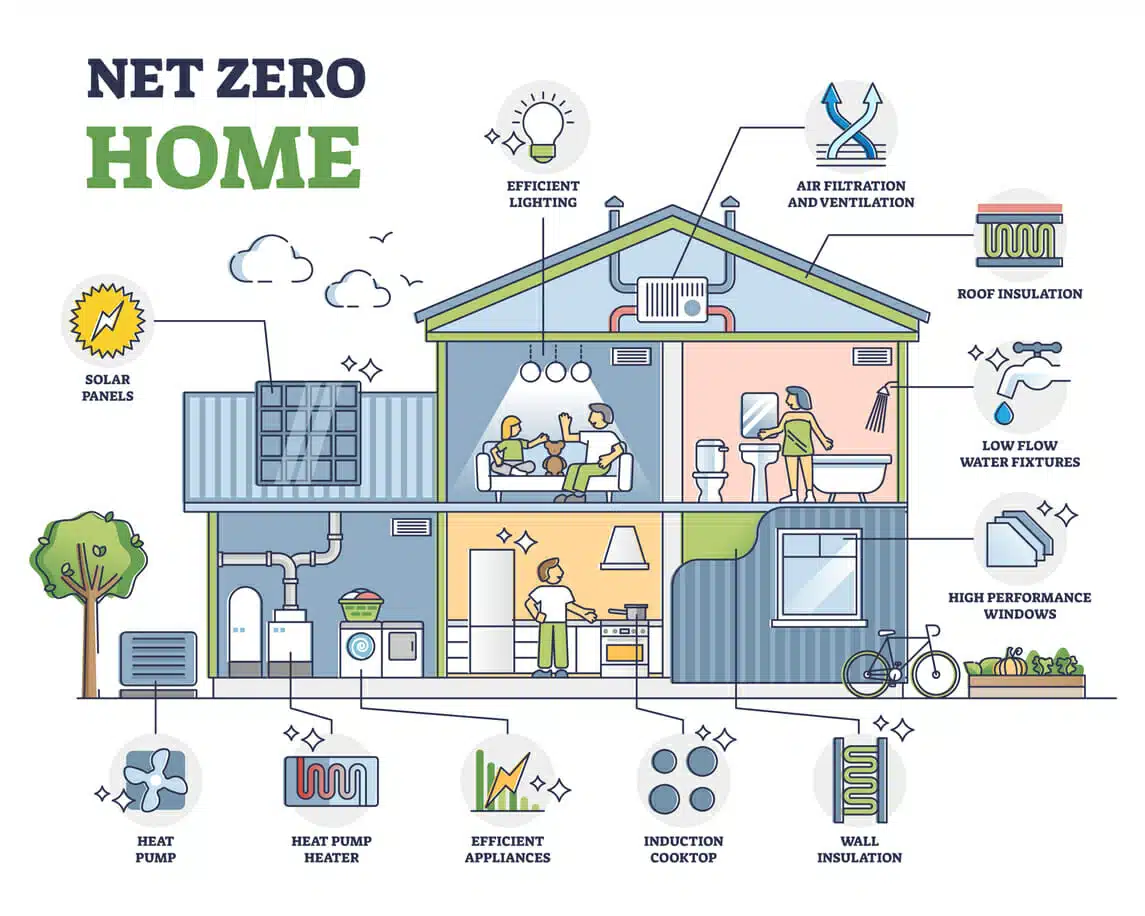

2. Financial Savings:
- Lower Utility Bills: Optimized insulation, high-performance windows, and efficient appliances translate to significant savings on your monthly energy costs.
- Increased Property Value: Energy-efficient homes are highly desirable, leading to a potential increase in your property value.


3. Enhanced Comfort and Health:
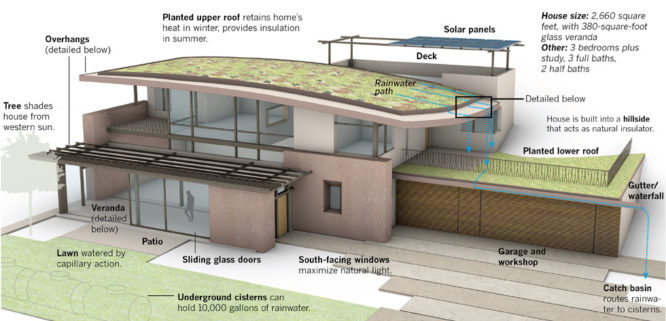
- Improved Indoor Air Quality: Proper ventilation and reduced reliance on heating and cooling systems can lead to a healthier and more comfortable living environment.
- Increased Daylight and Natural Ventilation: Strategic design elements like passive solar heating and cross-ventilation can enhance natural light and air circulation, contributing to a more pleasant and healthy home.
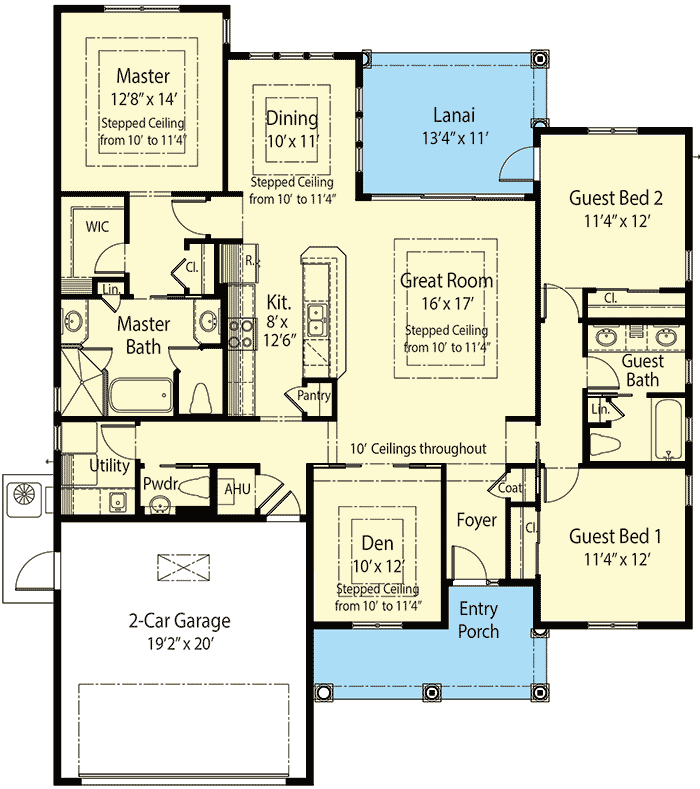
4. Future-Proofing Your Home:
- Adaptability to Changing Regulations: Energy-efficient homes are built to meet current and future energy standards, ensuring long-term value and compliance.
- Resilience to Climate Change: Designing for energy efficiency can also enhance a home’s resilience to extreme weather events and climate change impacts.
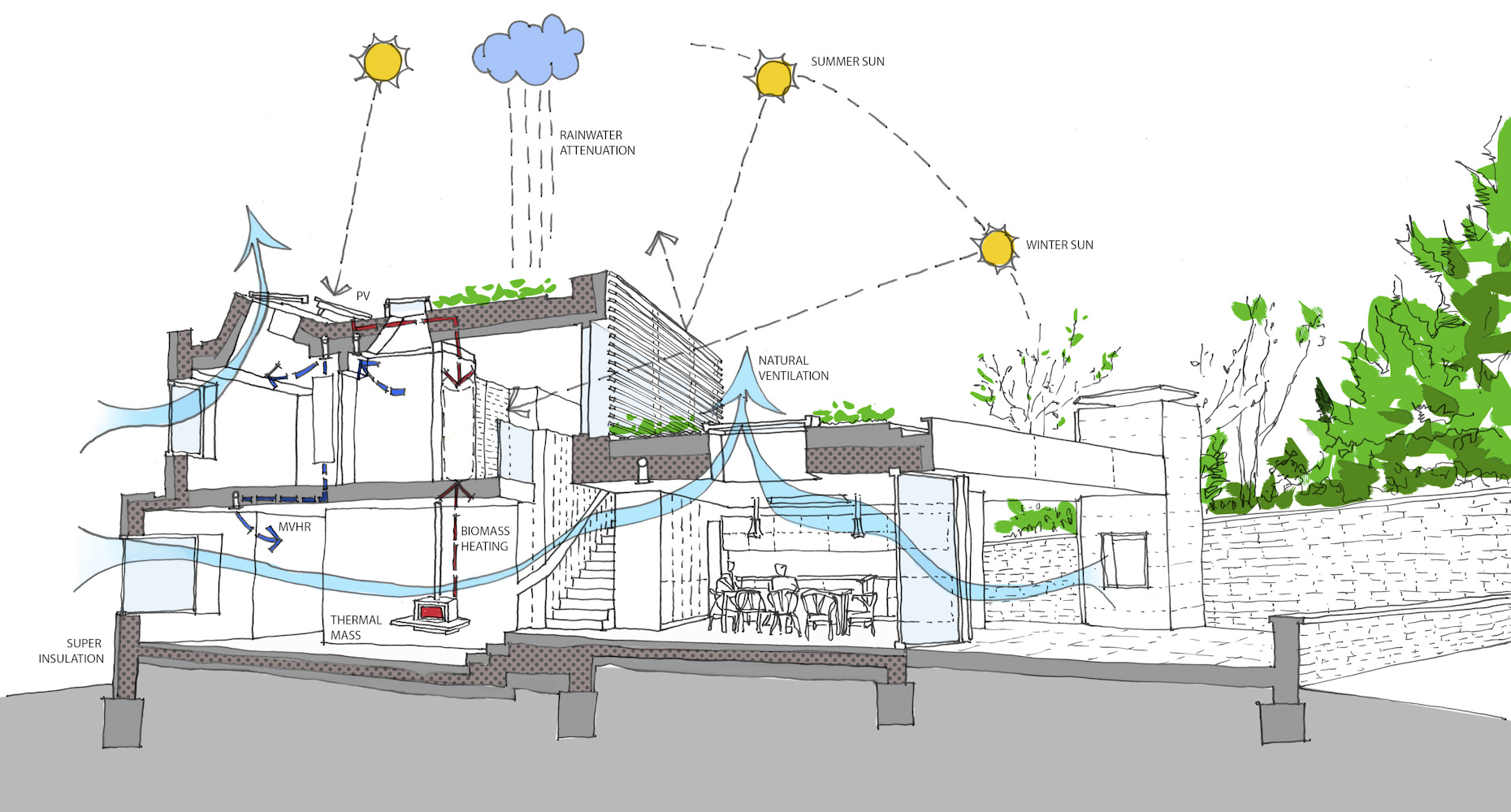

Key Features of Energy-Efficient Home Blueprints:
1. Building Envelope Optimization:
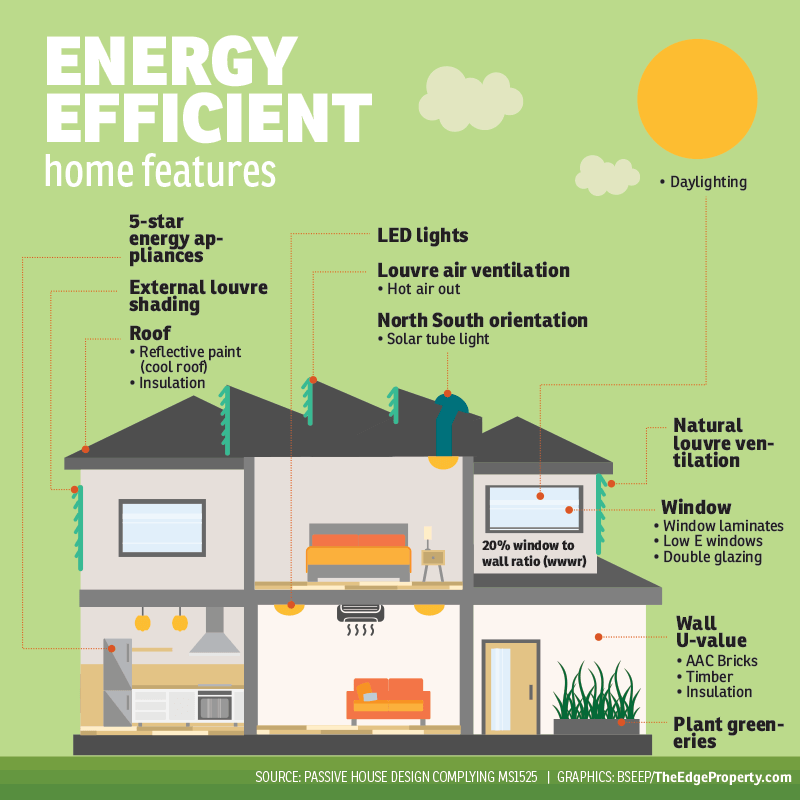
- High-Performance Insulation: Utilizing advanced insulation materials and techniques can significantly reduce heat loss in winter and heat gain in summer.
- Air-Tight Construction: Minimizing air leaks through proper sealing and caulking prevents drafts and energy loss.
- High-Performance Windows and Doors: Double- or triple-paned windows with low-e coatings and energy-efficient door systems reduce heat transfer and improve thermal performance.

2. Passive Solar Design:
- Strategic Window Placement: Maximizing south-facing windows for solar gain during winter while minimizing west-facing windows to reduce heat gain in summer.
- Overhangs and Shading Devices: Strategically placed overhangs and shading devices can control solar heat gain, reducing cooling loads.
- Thermal Mass: Incorporating materials with high thermal mass, like concrete or brick, can store heat during the day and release it slowly at night, regulating indoor temperatures.
3. Efficient HVAC Systems:
- High-Efficiency HVAC Units: Selecting energy-efficient heating and cooling systems with high SEER (Seasonal Energy Efficiency Ratio) ratings can significantly reduce energy consumption.
- Ductwork Optimization: Properly sized and insulated ductwork minimizes air leakage and ensures efficient distribution of conditioned air.
- Smart Thermostats: Programmable thermostats allow for customized temperature settings based on occupancy and schedule, reducing energy waste.
4. Water-Saving Fixtures and Appliances:
- Low-Flow Showerheads and Faucets: Reduce water consumption without compromising comfort.
- High-Efficiency Appliances: Select appliances with Energy Star ratings for dishwashers, washing machines, and refrigerators to minimize energy use.
- Rainwater Harvesting Systems: Collect rainwater for irrigation and other household uses, reducing reliance on municipal water sources.
5. Renewable Energy Integration:
- Solar Panels: Installing solar panels on the roof can generate clean energy and reduce reliance on the grid.
- Geothermal Heat Pumps: Utilize the earth’s constant temperature to heat and cool the home, offering high efficiency and reduced energy consumption.
FAQs about Energy-Efficient Home Blueprints:
1. How much does it cost to build an energy-efficient home?
While upfront costs may be slightly higher, the long-term savings on energy bills and increased property value make energy-efficient homes a wise investment. Government incentives and tax credits are often available to offset initial costs.
2. What are the benefits of working with an architect specializing in energy-efficient design?
An architect specializing in energy-efficient design can incorporate advanced strategies and technologies into your blueprint, maximizing energy savings and minimizing environmental impact. They can also guide you through available incentives and ensure your home meets current and future energy standards.
3. Is it possible to retrofit an existing home to be more energy-efficient?
Yes, many energy-efficient upgrades can be implemented in existing homes. From insulation and window replacements to HVAC upgrades and solar panels, there are various options to improve energy efficiency.
4. How do I know if my home is energy-efficient?
An energy audit can identify areas for improvement and recommend specific upgrades to enhance your home’s energy performance.
5. What are some common misconceptions about energy-efficient homes?
Some misconceptions include the belief that energy-efficient homes are too expensive, too complex, or compromise comfort. However, advancements in technology and design have made energy-efficient homes more affordable, comfortable, and easier to build than ever before.
Conclusion:
Building an energy-efficient home is not just a trend; it’s a responsible choice for a sustainable future. By embracing energy-efficient home blueprints, we can reduce our reliance on fossil fuels, minimize our environmental impact, and create comfortable and healthy living spaces for generations to come. With careful planning, expert guidance, and a commitment to sustainability, you can build a home that is both beautiful and environmentally conscious.
